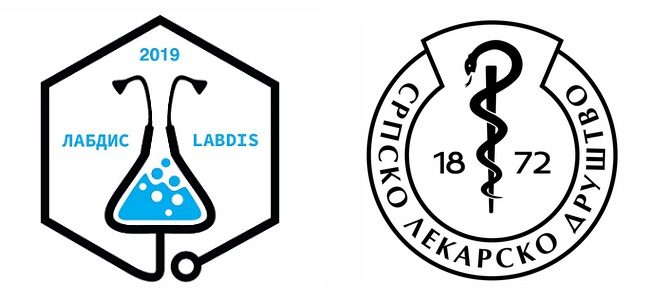Outspoken, adventurous, proud and audacious: Belgrade (‘White City’) is the capital and largest city of Serbia. Belgrade, one of the oldest cities in Europe, is a modern city built on the confluence of the Sava and Danube rivers, with population of about 1.7 million people. The first urban settlement was built here in the 3rd century BC by the Celts. Not far from Belgrade, is Vinca, a settlement older than the Mesopotamia. There were seventeen Roman emperors born within the territory of today’s Serbia. The most famous Constantine the Great, the first Roman emperor to convert to Christianity, was born in today’s Nis. The remnants of the Romans are scattered throughout Belgrade.
Belgrade was fought over in 115 wars and it has been destroyed and rebuilt more than 44 times during its history. Belgrade was bombed several times in the 20th century, both in the First and Second World Wars and once again in 1999 by NATO.
Lying on the main artery connecting Europe and Asia, Belgrade has been a popular place for travellers through the centuries. The historic areas and buildings of Belgrade are among the city’s premier attractions. They include the Bohemian quarter of Skadarlija, the National Museum and adjacent National Theatre, Zemun, Nikola Pašić Square, Terazije, Students’ Square, the Kalemegdan Fortress, Knez Mihailova Street, the Parliament, the Church of Saint Sava, and the Old Palace. On top of this, there are many parks, monuments, cafés, restaurants and shops on both sides of the river. Deeper in Belgrade’s bowels are museums guarding the cultural, religious and military heritage of the country. The hilltop Avala Monument and Avala Tower offer views over the city.
Still, Belgrade is most famous for its vibrant nightlife and the vast variety of options it offers for having fun, especially to young people. Here you can find your own place of joy no matter what kind of music you prefer, how much money you have or what kind of food you like to eat. There is something for everybody.
